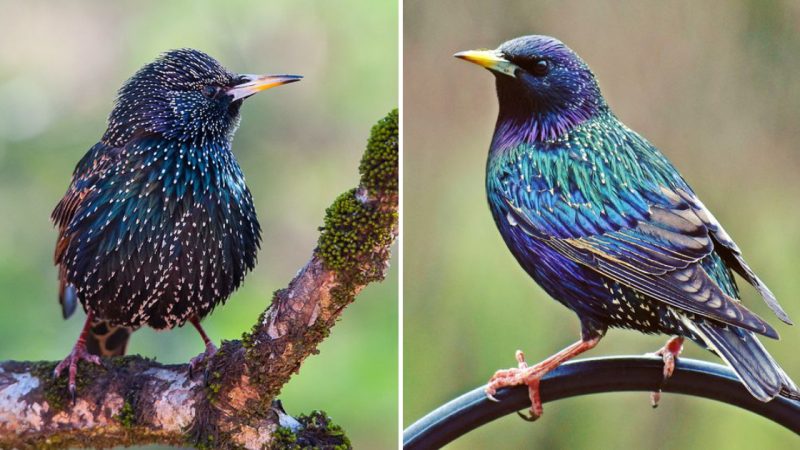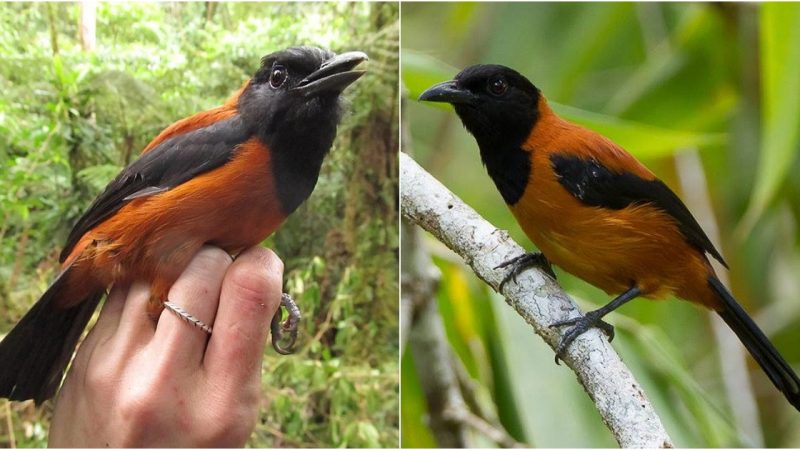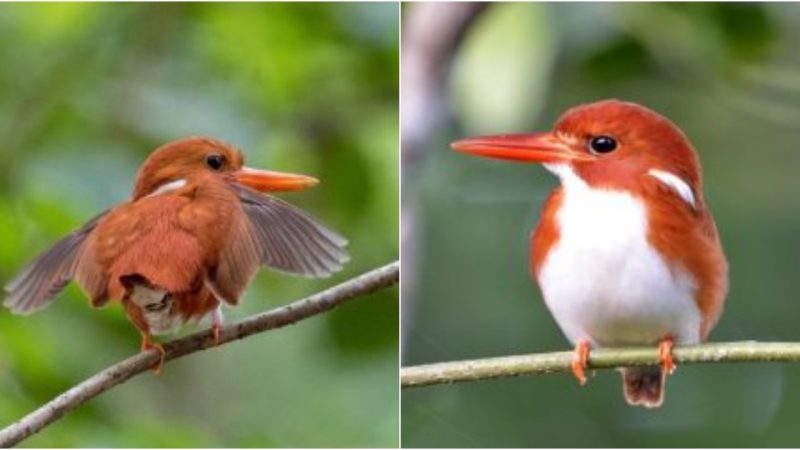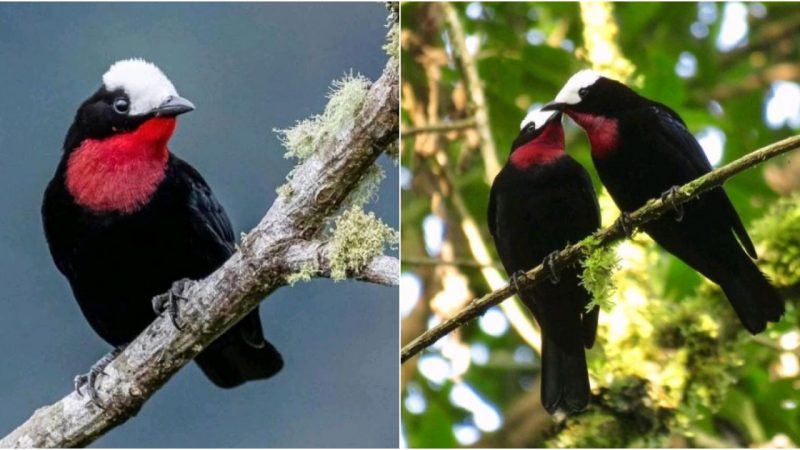The Beautiful Red-Headed Woodpecker with Zebra-Striped Wings and a Distinctive Belly Color
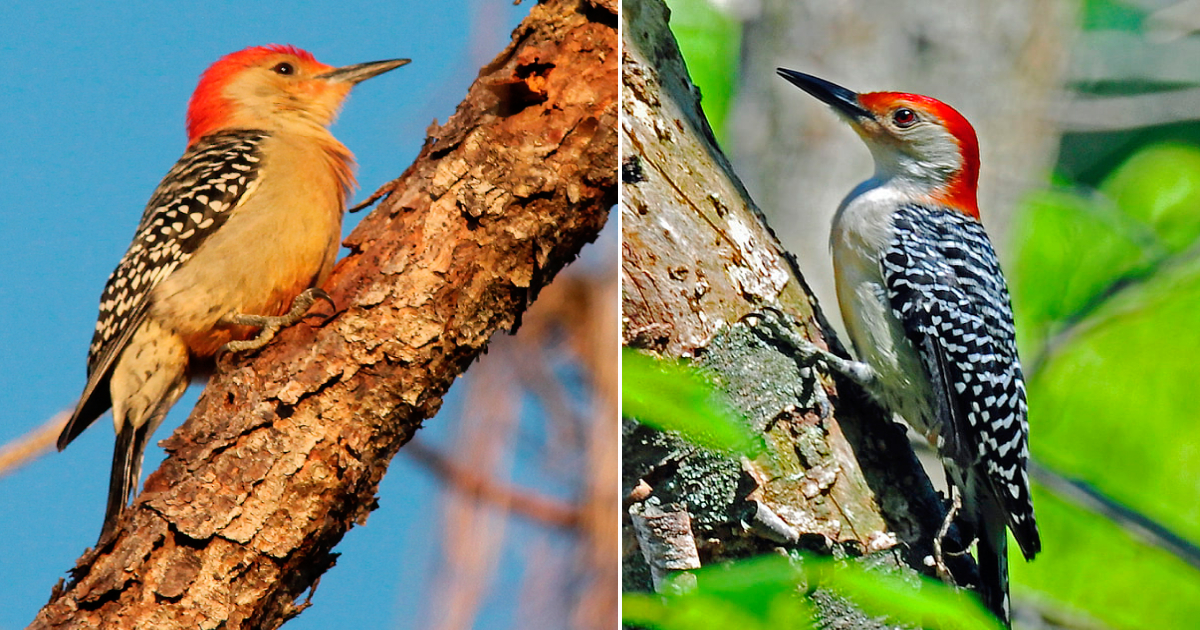
Waking up to the melodious songs of birds filling the sky in your backyard is a beautiful way to start your day. Among the diverse avian species, male and female birds sing throughout the year, creating a beloved symphony in countless backyards.

Often mistaken for the red-bellied woodpecker due to its elusive crimson belly, the red-headed woodpecker can be found in the eastern half of the United States, with a higher concentration in the southern regions. However, over the past century, this woodpecker species has been expanding its breeding range, venturing farther north.
In addition to their subtle crimson bellies, the red-bellied woodpeckers display zebra-like stripes on their wings and backs, resembling their close relatives, such as the Gila and golden-fronted woodpeckers. Yet, the red-bellied woodpecker possesses a secret weapon that distinguishes it from the rest—the striking red coloration of its head.
Alongside its stunning plumage, this woodpecker exhibits typical characteristics of its kind, including a long tail that aids in balancing on trees, as well as two toes facing forward and two facing backward, allowing for a firm grip on branches and tree bark as it moves in search of insects to feast on. Like many woodpecker species, male and female red-bellied woodpeckers display slight differences in appearance.
The male red-bellied woodpecker boasts vibrant red temples, scruffs, and caps, while the females have red scruffs with a hint of ruby near the base of their bills. Juvenile red-bellied woodpeckers possess plain heads with a light red tint. These birds are known for their aggressive behavior when defending their nests, where parents incubate 4 to 6 eggs.
Isn’t she a magnificent bird? Indeed, she is.
These woodpeckers traverse various locations in their quest for insects.
If you desire the presence of these captivating birds in your surroundings, you can provide suet during the colder months or offer sunflower seeds, peanuts, sugar water, fruits, and jelly. Among their preferences, sugar water holds a special place.
These birds enhance the beauty of any setting, and their melodious songs make them even more endearing. Have you ever had the pleasure of listening to the tunes of these bird species?
If so, how did it make you feel? Share your experiences and thoughts about these birds by leaving your own comments below.









